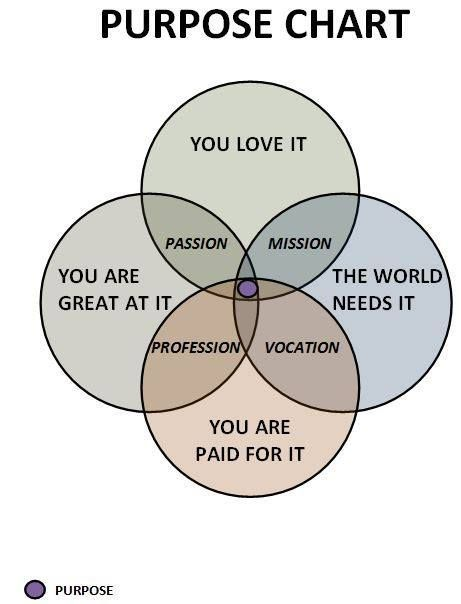How to Work - Why your Boss is Ignoring You
A lack of response from your boss can happen for several reasons, and it's often a blend of communication styles, priorities, disinterest and workload.
Here are a few possible explanations:
Prioritization: Your boss might focus more on tasks they consider urgent, letting non-urgent messages sit for longer. If they have limited time, they may only respond to what's critical.
Preferred Communication Channels: They might prioritize certain communication channels over others. For example, if you’re emailing but they prefer in-person chats or messaging apps, they may check one more often than the other.
Communication Style: Some managers prefer fewer, consolidated updates rather than frequent messages. They might assume you’ll reach out again if something is truly pressing.
Burnout or Overwhelm: If your boss is experiencing burnout or is under heavy pressure, they might have reached a point of detachment from the team as a coping mechanism. This doesn’t mean they don’t care at all but could mean they’re too overwhelmed to be responsive, which isn’t ideal for anyone involved. They might simply be overwhelmed, especially if they manage multiple teams or projects. In these cases, messages can unintentionally go unanswered.
Expectation for Autonomy: Some managers may assume that not responding signals they trust you to handle matters independently unless you flag something as critical. Some managers take a “sink-or-swim” approach, meaning they’re purposely unresponsive to push you toward handling things on your own. They may see this as empowering but might not realize that the lack of feedback feels more like abandonment than encouragement.
Lack of Interest in Your Work: Unfortunately, some managers might not genuinely care about the day-to-day details of your work. If they only step in when something goes wrong, it might mean they view your role as low-priority or think it's not impactful enough to demand their attention.
Poor Management Style: Some bosses have a hands-off approach that can cross into neglectful territory. They might intentionally avoid replying because they don’t want to be involved in what they consider “small stuff.” This can leave you feeling unsupported, and it’s not a good management practice.
Passive Disinterest in Your Role or Career Development: It’s possible they don't see you as a priority for growth or advancement, which could result in them ignoring messages about projects, feedback, or career progression. This can be common if they’re more focused on high-profile team members or projects.
Favoritism or Prioritization of Others: If your boss prioritizes certain team members over others, you may feel sidelined and ignored, especially if they respond promptly to other people’s messages while letting yours sit unread. This could be a sign of favoritism, consciously or unconsciously.
Avoidance of Conflict: In some cases, if a boss isn’t confident about managing certain situations (like performance issues or project setbacks), they may avoid communication altogether to dodge uncomfortable discussions. This often reflects an inability to address concerns directly rather than an intentional disregard but is still a red flag.
Outright Neglect or Disinterest: Unfortunately, it’s possible that they simply don’t care enough to respond. This could happen in cases where they’re disengaged from the job or focused on their own goals to the extent that they deprioritize their team entirely.






























































